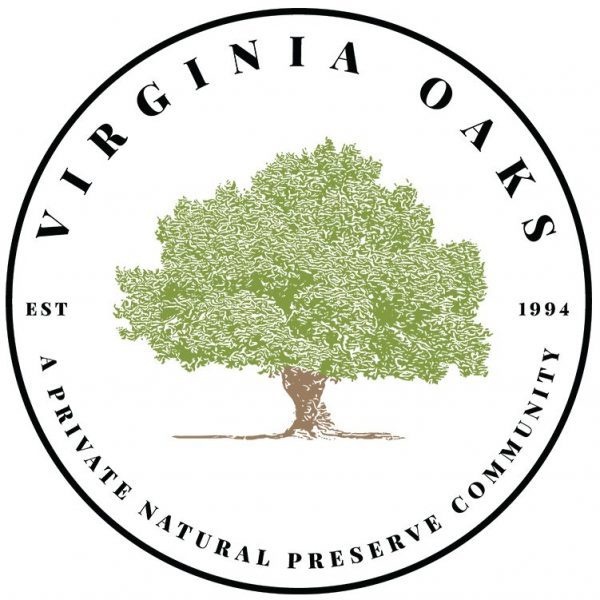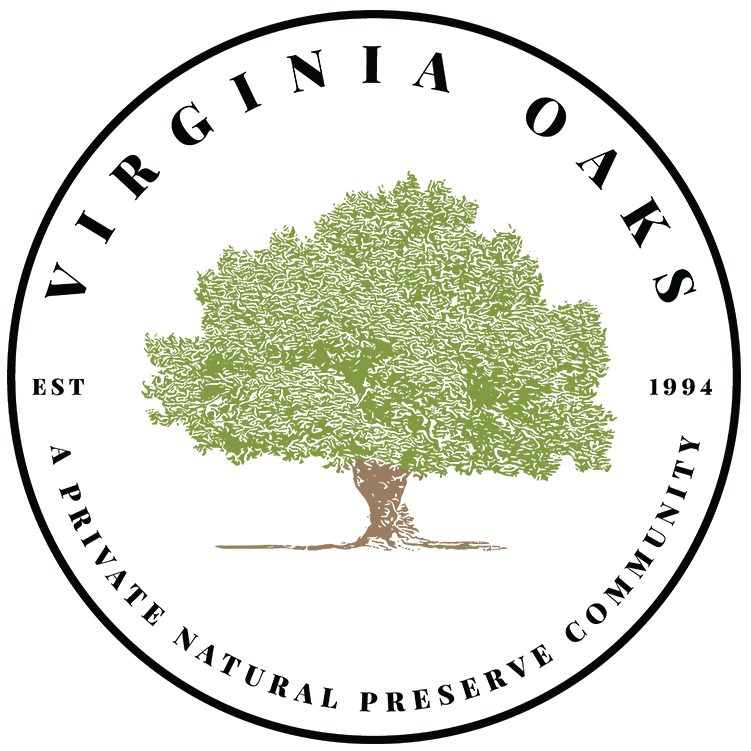Succession
An undisturbed open field, whether it is an abandoned farm, an area ravaged by a forest fire, or in the case of Virginia Oaks, a golf course gone out of business, will eventually turn into a forest. This slow change from grasses to trees is a process known as natural succession or forest succession.
Forest Succession
As illustrated in this graphic from the Pennsylvania Bureau of Forestry, the first plants to take hold are grasses and other forbs. In Virginia Oaks, we had the fescue and other turf grasses from the former golf course already present.
Since the golf course closed in 2017, the fairways began to be covered with perennial grasses and woody shrubs. The graphic mentions sumac and blackberries, and we definitely have those – they are growing mainly along the existing forest edges.
Conservation Plus, the Nutrient Bank Sponsor planted native pine, white oak, red maple and sycamore trees as saplings in early 2019. This gives us a head start with the pioneer trees identified in the 10th to 20th year column of the graphic. The young trees may be difficult to see amongst the tall grasses and shrubs at the moment, but based on the last inspection by the Virginia Department of Environmental Quality (DEQ) and the Nutrient Bank Sponsor, they are growing as expected.
While the trees are doing well overall, some areas such as the former tees, greens, and bunkers, have not progressed as rapidly due to the heavy concentration of sand within the soil. Some of the former bunkers are now getting covered with vegetation, and some sycamores are taking hold on the greens and tees, but overall these areas seem to be a couple years behind the fairways.
As the trees grow large enough to provide shade to the ground underneath, the grasses and shrubs beneath them will diminish. Eventually, all the former golf course acreage that was converted into the Nutrient Bank will resemble the rest of the forested areas in the neighborhood.

